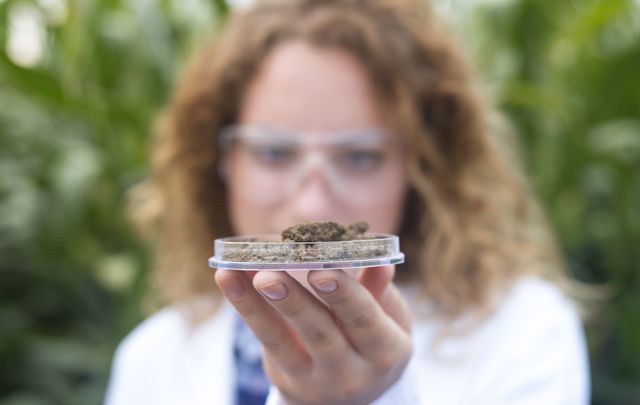As fears mount about antibiotic-resistant superbugs, bacteria found in Irish soil destroyed four out of six known superbugs, scientists have revealed.
A team of researchers discovered in 2018 that soil from a place in County Fermanagh, which had a history and reputation among locals as having healing powers.
The soil contains a previously unknown strain of bacteria that is effective against four of the top six superbugs that are resistant to antibiotics.
“Our discovery is an important step forward in the fight against antibiotic resistance,” said Professor Paul Dyson of Swansea University Medical School.
“Our results show that folklore and traditional medicines are worth investigating in the search for new antibiotics. Scientists, historians and archaeologists can all have something to contribute to this task."
The World Health Organization has stated that superbugs and antibiotic-resistant bacteria are "one of the biggest threats to global health, food security, and development today.” Experts estimate that superbugs could kill 1.3 million people in Europe by 2050.
The soil from the Boho Highlands region in County Fermanagh has traditionally been used to treat ailments such as toothaches, throat and neck infections. It is an area of alkaline grassland that has long been fabled to have healing properties.
Dr. Gerry Quinn, one of the research team members and a former resident of County Fermanagh, had been aware of the healing traditions of the area for many years.
Traditionally, a small amount of soil was wrapped up in a cotton cloth and used to heal many ailments, including toothaches, throat and neck infections. Interestingly enough, this area was previously occupied by the Druids, around 1,500 years ago, and by Neolithic people 4,000 years ago.
The main findings of the research were that the newly-identified strain of Streptomyces inhibited the growth of four of the top six multi-resistant pathogens identified by the WHO as being responsible for healthcare-associated infections: Vancomycin-resistant Enterococcus faecium (VRE), methicillin-resistant Staphylococcus aureus (MRSA), Klebsiella pneumonia, and Carbenepenem-resistant Acinetobacter baumanii.
This article was originally published in Ireland of the Welcomes magazine. Subscribe now!
It also inhibited both gram-positive and gram-negative bacteria, which differ in the structure of their cell wall; usually, gram-negative bacteria are more resistant to antibiotics
It is not yet clear which component of the new strain prevents the growth of the pathogens, but the team is already investigating this.
Dr. Quinn said: "The discovery of antimicrobial substances from Streptomyces sp.myrophorea will help in our search for new drugs to treat multi-resistant bacteria, the cause of many dangerous and lethal infections.
“We will now concentrate on the purification and identification of these antibiotics. We have also discovered additional antibacterial organisms from the same soil cure which may cover a broader spectrum of multi-resistant pathogens."
*Originally published in December 2018, updated in May 2023.




Comments